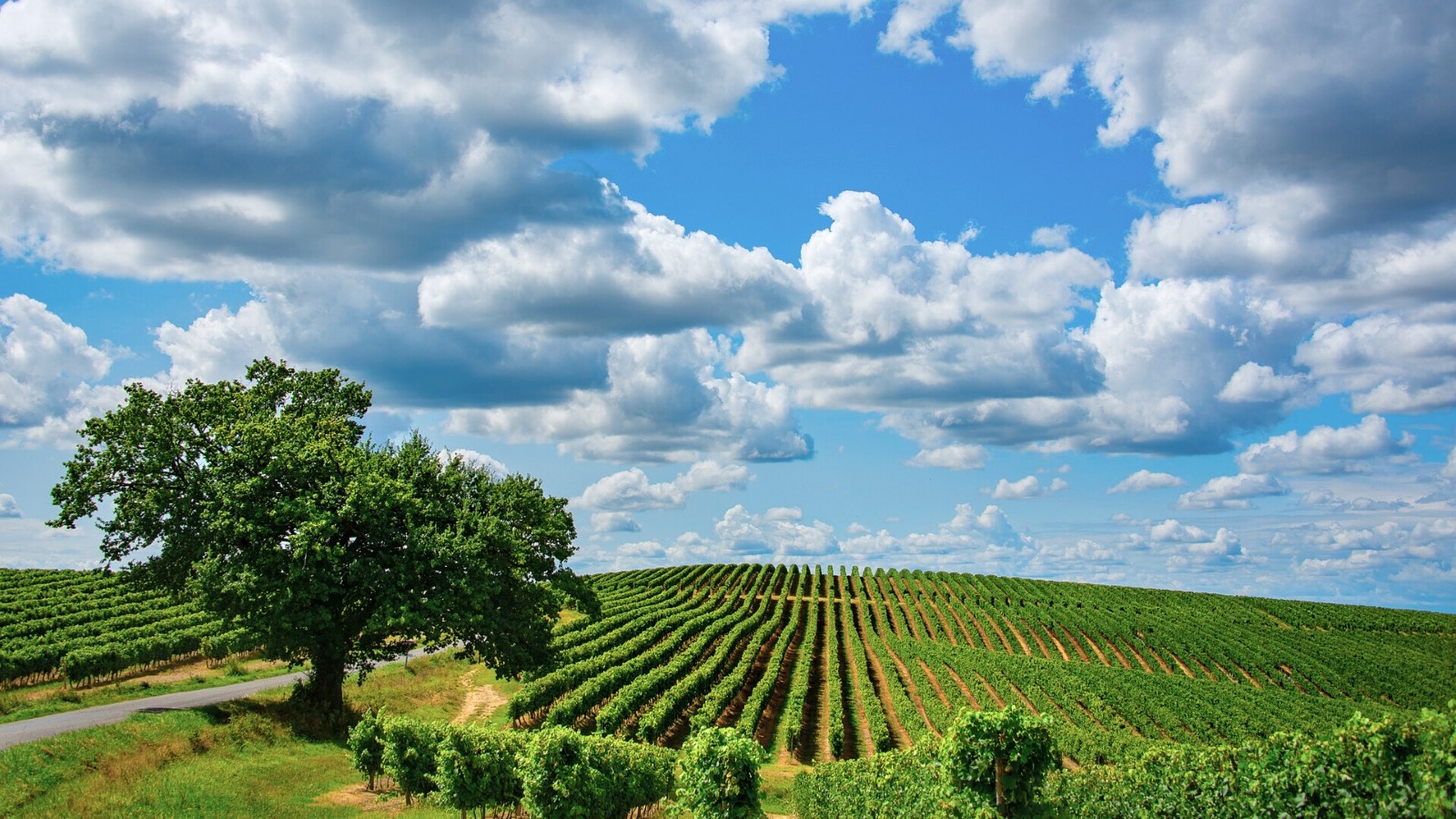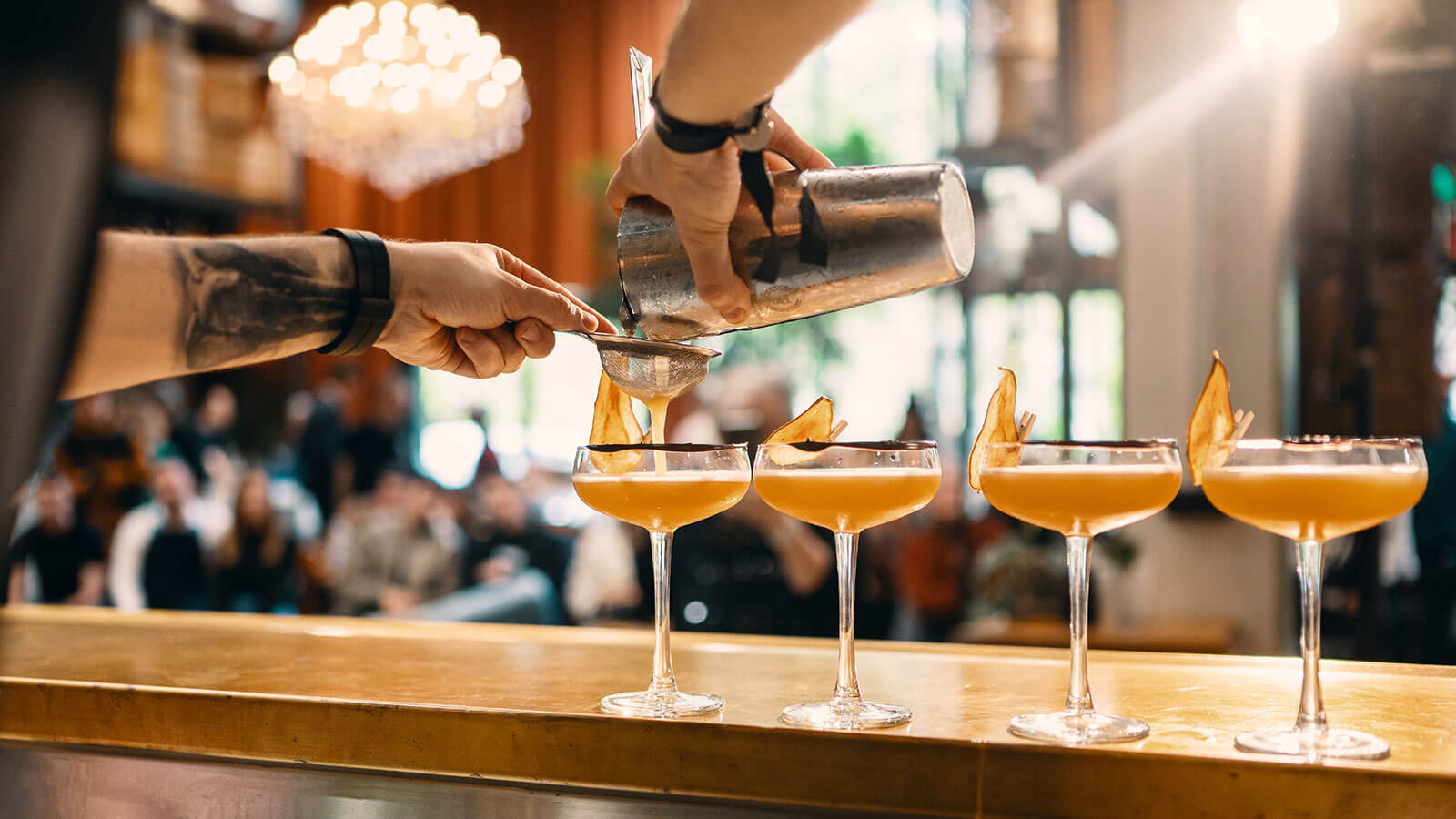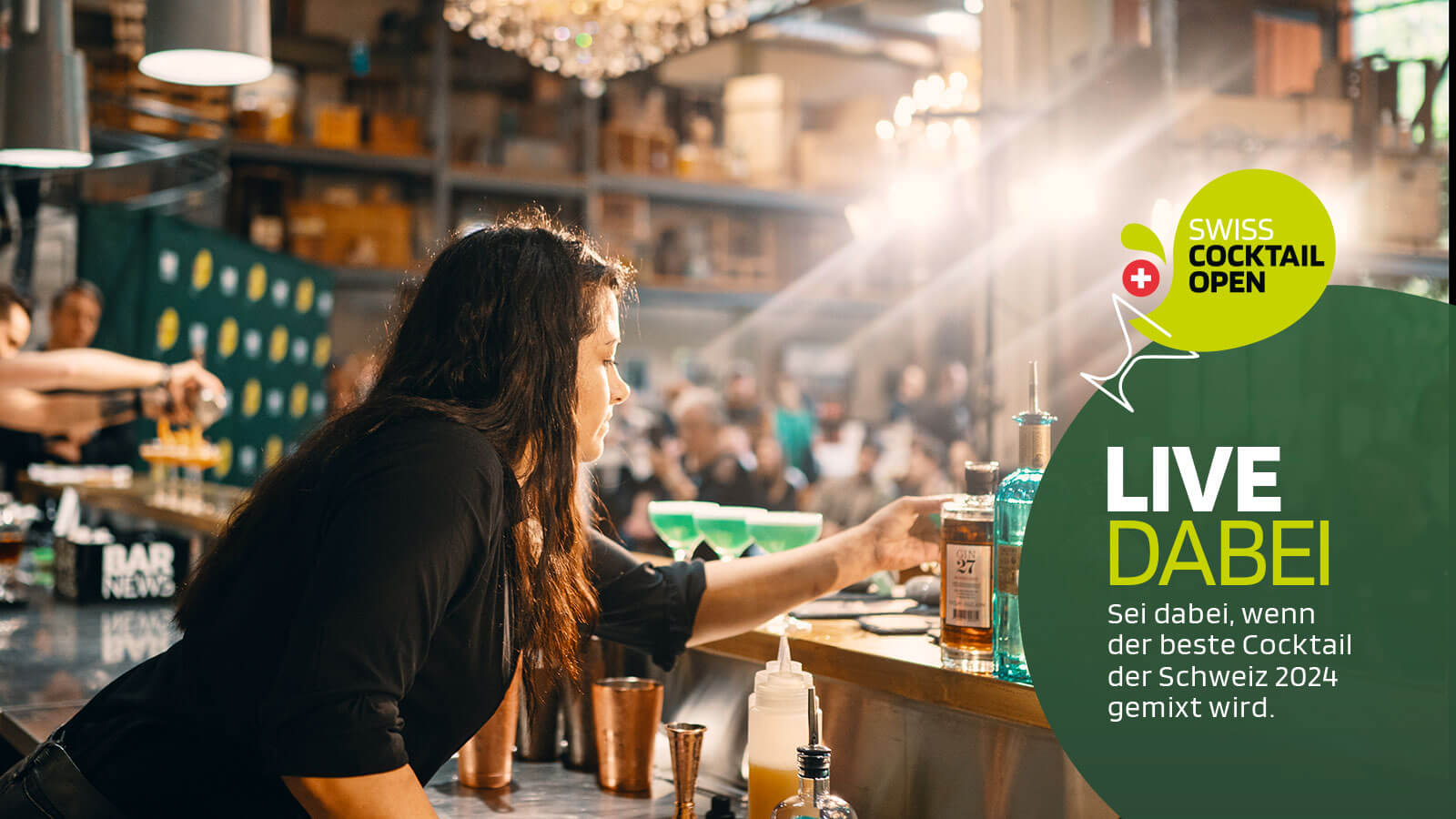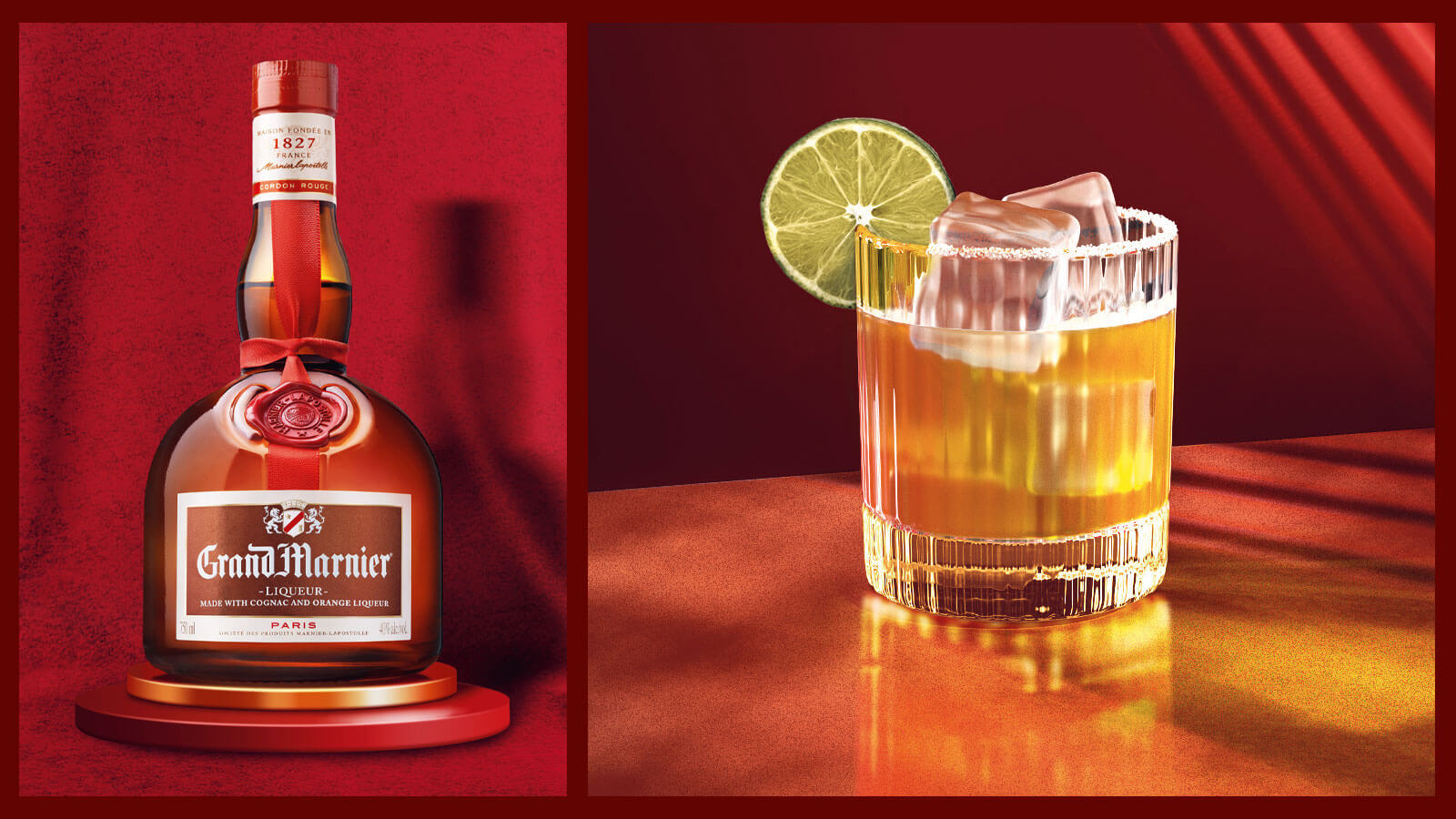The history of Armagnac dates back to the 14th century, making it one of the oldest spirits in Europe.
The Armagnac region, geographically located in the southwest of France, about 120 kilometers southeast of Bordeaux, is the heart of Armagnac production. Three crus, the Bas-Armagnac, the Armagnac Ténarèze and the Haut Armagnac make up the region.
Already in the Middle Ages, wine was grown in this region and later distilled to make it more durable. In the beginning, Armagnac was often used as a medicine and digestive, but over the centuries it became a popular drink among the nobility and aristocracy. Unlike Cognac, which was produced mainly in the north of France, Armagnac was popular in the southwest of the country.
Production
The production of Armagnac follows a similar process to the production of Cognac, but has some important differences.
The first step is to grow grapes, mainly the varieties Ugni Blanc, Baco, Colombard and Folle Blanche. A total of 15 grape varieties are officially approved for Armagnac. These grapes are harvested in the fall and fermented into a wine. More and more producers are observing the fermentation process more closely and are now emphasizing spontaneous fermentations with correspondingly surprising results. A development to watch, because the results of this spontaneous fermentation are not always according to the traditional expectations of Armagnac.
Unlike Cognac, the wine for distillation in Armagnac could be distilled only once, but then in a semi-continuous plant, the "Alembic Armagnacaise". In this process, the wine is heated very slowly in the countercurrent principle of a (small) column to extract alcohol and concentrate the aromas. The distillate, also known as "eau-de-vie," is usually bottled at a relatively low alcohol content of about 52 to 60 percent by volume. However, as with cognac, 72 percent by volume is permitted. These distillates are considered "robust" and "rich in aromas" and mostly still mature in the traditional black oak barrels ("Aier oak") from the region.
Permitted since 1972 is also the double distillation in the "pot charentaise " of cognac. However, these distillates are considered "purer" than the original distillates and therefore require other barrels for aging, such as Limousin or Tronçaise oak barrels or even American white oak barrels. After distillation, the Armagnac is stored in these oak barrels to mature. The barrels give Armagnac its characteristic color, aromas and flavors.
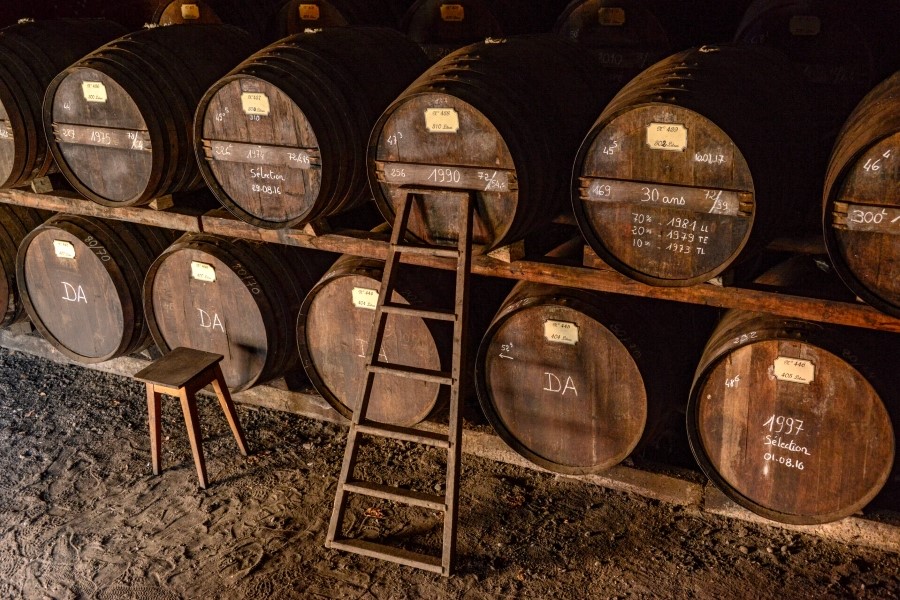
Over time, the Armagnac absorbs the aromas of the wood and develops a complexity that makes it more mature and refined every year. At the beginning, the Armagnac is aged in new barrels so that it can absorb a lot of wood character, which then refines into a fine, complex style in the second part of aging in used barrels.
Assemblage and bottling complete the process. Different aged eaux-de-vies from different crus - or geographical regions with the right environment for growing high-quality grapes - are married ("marriage") to create the final Armagnac, with the youngest brandy in the blend determining the classification.
Armagnac Millesime
This special Armagnac category refers to vintage bottlings. The term "Millesime" comes from the French and means "vintage". Millesime Armagnacs are Armagnacs made exclusively from grapes harvested in a particular year. Unlike non-vintage Armagnacs, which are made from a blend of different vintages, Armagnac Millesime emphasizes the singularity of a particular harvest year. This allows producers to showcase the influence of the specific vintage on the flavor and aroma of the Armagnac.
Armagnac Millesime is produced in a similar way to other Armagnacs. The grapes are harvested, fermented into wine and distilled. The resulting distillate is then aged in oak barrels to allow the development of aromas and character. The length of aging varies according to the producer's preferences, but must be at least 10 years, and then can range up to several decades. Since Armagnac Millesime is based on a single vintage, the taste may vary from year to year.
The quality and character of a particular vintage depend on a number of factors, including the climate during the growing and harvesting seasons, the quality of the grapes, and the craftsmanship of the producer. Armagnac Millesime is often considered particularly high quality because it captures the characteristics of a particular vintage. These Armagnacs are often complex, rich in aromas and offer unique flavor profiles that reflect the characteristics of the specific vintage.
Each house may offer different vintages and qualities, depending on their expertise and the grapes available. It is not uncommon for older vintages to trade at higher prices, as they may have gone through a longer aging period and are often considered particularly desirable.
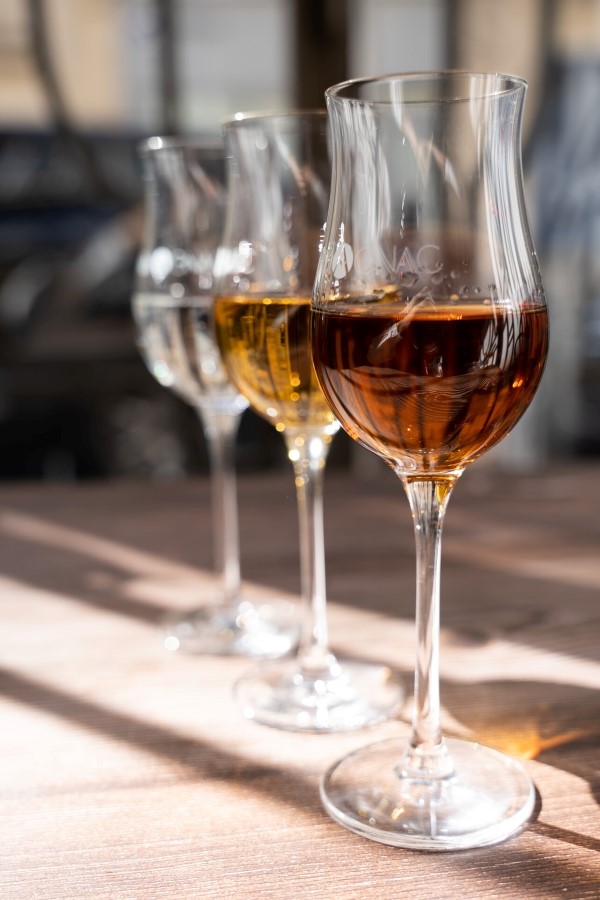
That Armagnac Millesime offers lovers of Armagnac a unique opportunity to explore the uniqueness and character of a particular vintage, can also be discovered again and again at Armagnac fairs. However, one should be careful, because a Millesime "must" be stored in the barrel for only ten years, but "can" spend many years afterwards in a glass balloon before the actual bottling. No further aging takes place there. High-quality Armagnac producers therefore indicate on their millesimes the year of harvest as well as the year of barrel filling and the year of transfer to the bottle.
Millesimes are certainly an opportunity to discover the different facets of Armagnac production and to explore the variety of flavor profiles that can vary from year to year. But one should not forget that such a vintage bottling is often only important to collectors or has a high emotional value for owners. Therefore, it is also important to look at the other side of the bottlings.
More and more Armagnac houses have decided to market their products not exclusively as millesimes, but as classic bottlings with VS, VSOP and XO qualities. In this way, similar to cognac, they are also succeeding in establishing themselves at the bar counters as a component of high-quality cocktails and long drinks.
Armagnac is thus well on its way to making a comeback as an important spirit for pure enjoyment and mixing.
Armagnac classification
Similar to Cognac, Armagnac has a classification based on the age and maturation of the drink.
- Very Special (VS): VS Armagnac is any Armagnac in which the youngest brandy in the blend has been aged for at least two years.
- Very Superior Old Pale (VSOP): VSOP is any Armagnac in which the youngest brandy in the blend has been aged for at least four years.
- Extra Old (XO): Also known as Napoleon Armagnac, this is a class in which the youngest brandy in the blend is aged for at least six years.
- Hors d'âge: This designation, which means "beyond its age", expresses that an Armagnac has been aged for at least ten years.

